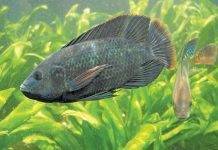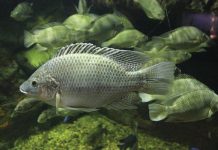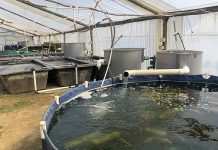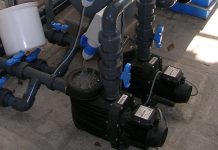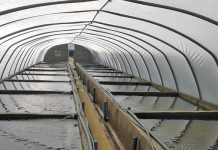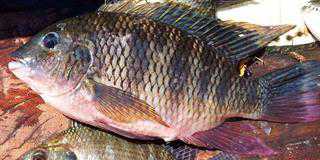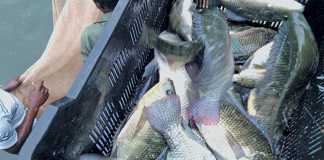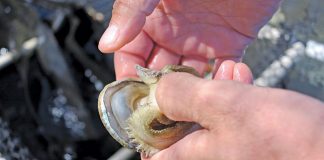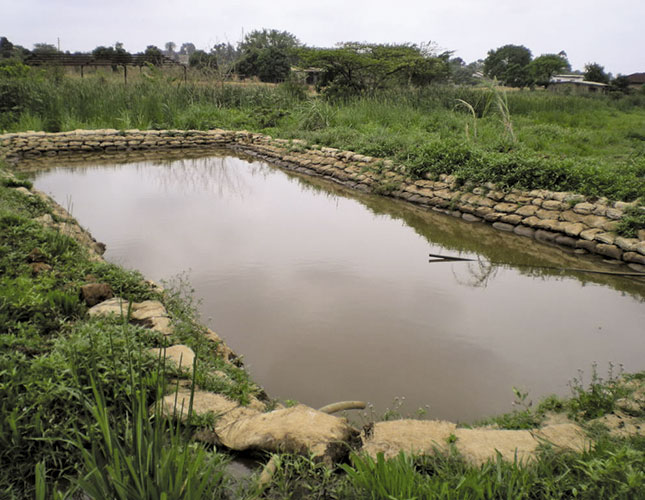
Two years ago I visited a small tilapia and catfish farm in Venda. All of the six ponds were less than 500m² in size and labelled with a number. The farmer kept meticulous records of his stocking rates and sales in an old school exercise book. The fish were fed sparingly with tilapia pellets, and the ponds fertilised with cattle manure. The farmer wanted single sex (all-male) fingerlings to improve productivity, but being so far from a source of supply made this uneconomical.
Despite this, the farm produced more than enough to feed the farmer’s family and friends, with a surplus sold to his neighbours for a profit. The farmer had little in the way of formal fish farming education, but was determined to find out the correct way of doing things. To me, that spells success. In the course of other travels, I came across a micro fish farm in the Ituri Valley in the Democratic Republic of the Congo. Here, two 50m² ponds were owned by a village family.
The ponds were roughly hewn, but full of clean-looking greenish water well stocked with tilapia in an area where most of the rivers are heavily silted due to artisan mining and the fish have long since vanished. The family proudly told us they were able to harvest small tilapia of 50g to 100g for their own consumption every week. There was no feeding of the fish apart from occasional vegetable and cassava waste, and no actual management. However, the family had fresh fish – which was more than most had in that area!
More sophisticated
Recently, I visited a more sophisticated tilapia farm near Bujumbura in Burundi. It comprised a system of twenty 9 000l concrete tanks coupled to a sediment-trap and mechanical and biological filters recessed in the ground, so all the out-flowing water flowed by gravity. Water reticulation was via swimming pool pumps, and aeration via a small blower.
Apart from the electrical equipment, everything was sourced locally, using local labour to build it. The farm was stocked with all-male tilapia fry last November, and some of the fish are already nearing market size. The market is for tilapia of 150g to 200g, at more than US$4/ kg. The demand from nearby Congo is huge. It’s another success story, and at a higher technological level than the other two examples.
South Africa
South Africa has its own success stories – they just aren’t well known. One of the aims of this column is to try and disseminate the sort of knowledge that results in small, medium or large farms producing fish, without requiring a massive corporate-level investment. In SA we seem to want to own a Ferrari before we learn to drive. I get numerous enquiries from folk who know nothing about fish, let alone farming them, but who claim to be planning a 100t production facility. Let’s for once in this country try to be modest, and learn the ground rules first, then it will work.
Nicholas James is an ichthyologist and hatchery owner. Contact him at [email protected]. Please state ‘Aquaculture’ in the subject line of your email.
This article was originally published on 19 April 2013 in Farmer’s Weekly.

